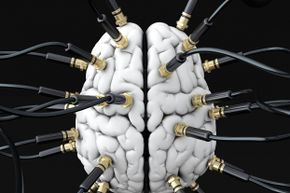
Prisoners, the disabled, the physically and mentally sick, the poor -- these are all groups once considered fair game to use as subjects in your research experiments. And if you didn't want to get permission, you didn't have to, and many doctors and researchers conducted their experiments on people who were unwilling to participate or who were unknowingly participating.
Forty years ago the U.S. Congress changed the rules; informed consent is now required for any government-funded medical study involving human subjects. But before 1974 the ethics involved in using humans in research experiments was a little, let's say, loose. And the exploitation and abuse of human subjects was often alarming. We begin our list with one of the most famous instances of exploitation, a study that eventually helped change the public view about the lack of consent in the name of scientific advancements.
Advertisement










